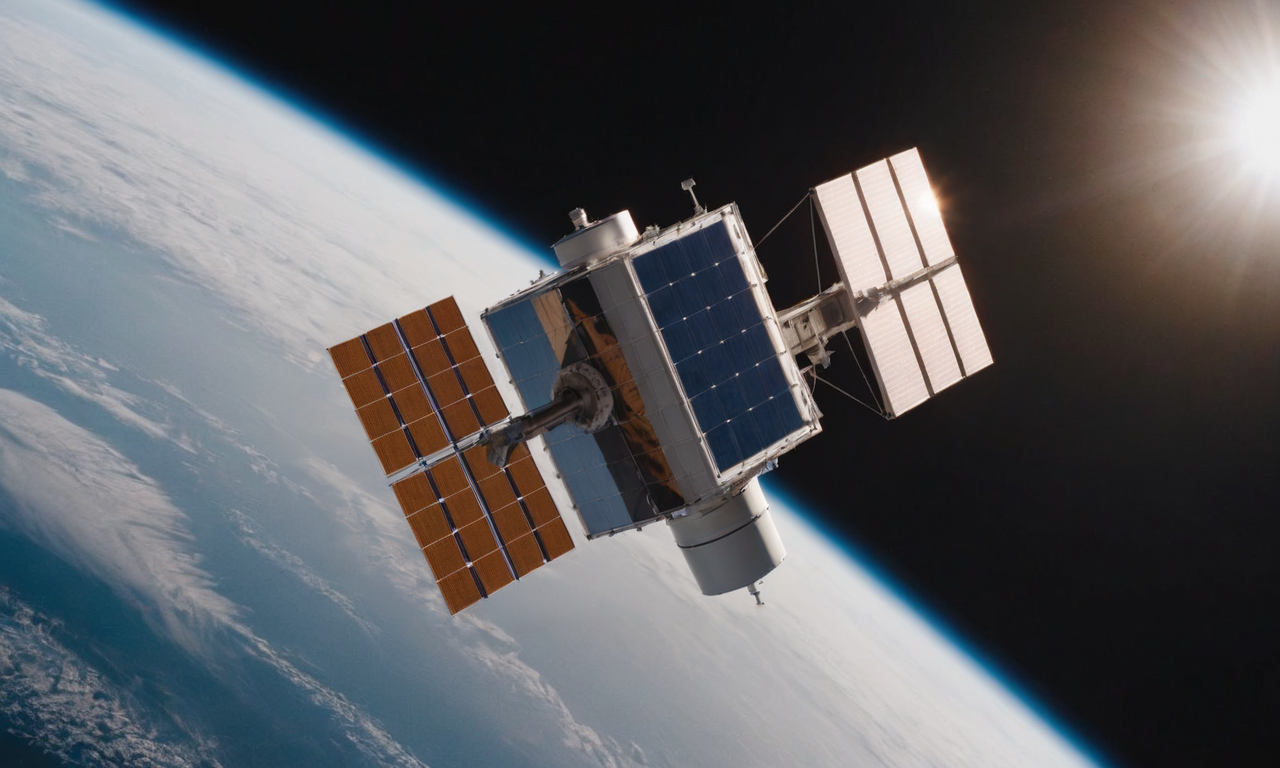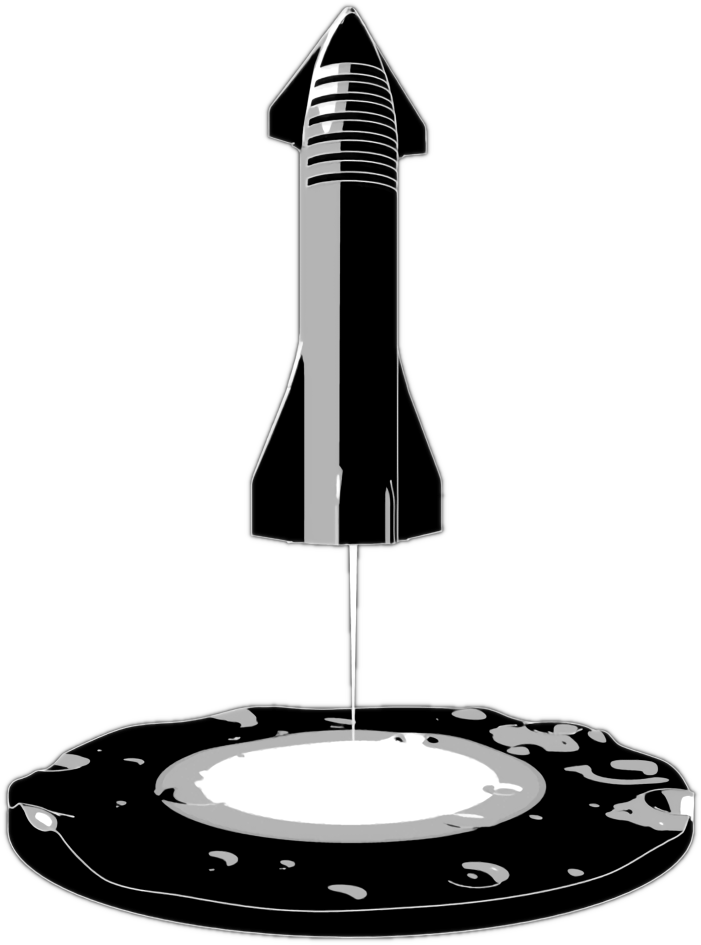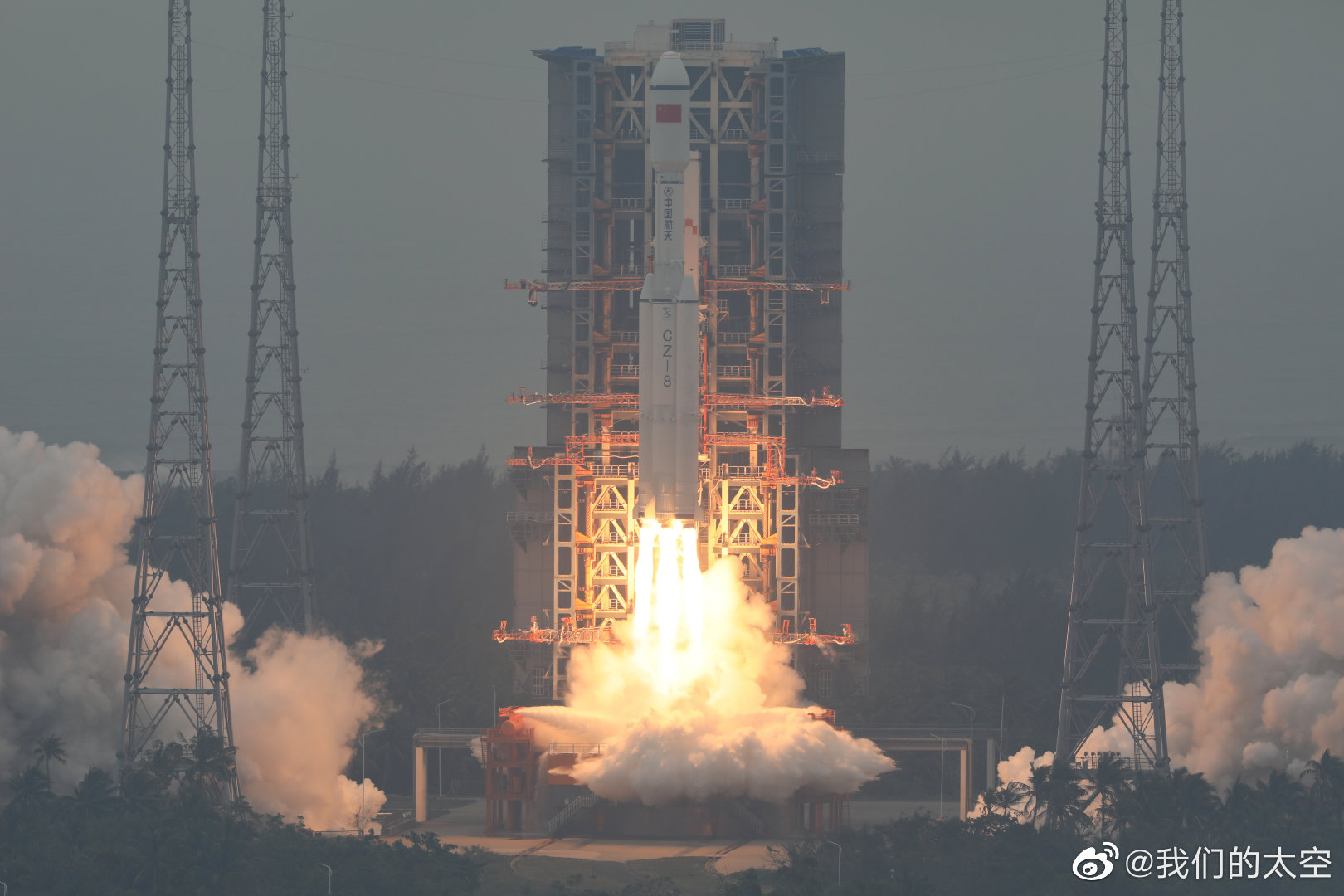· space brief · 5 min read
Space Brief 29 Mar 2025
Key military and technology developments in space; US Space Force and Army strategize national security with new rocket certifications and space training initiatives.

📄Top Stories
The US Space Force has certified the new Vulcan Centaur rocket to provide more options for national security launches. In parallel, the Space Force has also given green lights to Rocket Lab and Stoke Space for future missions. Additionally, the introduction of the Army Space Training Strategy promises to bolster military space readiness through enhanced education and training.
📰Detailed Coverage
US Space Force Accredits Vulcan Centaur Rocket
The US Space Force has certified the United Launch Alliance’s Vulcan Centaur rocket, enabling it to launch crucial national security missions. This milestone effectively doubles the number of launch providers the Space Force can utilize, ensuring greater flexibility and resilience in space capabilities.
This certification of the Vulcan Centaur reflects a significant shift aimed at bolstering national security through advanced space technologies. As part of this movement, operators and enthusiasts can use advanced tracking technologies to observe these rockets’ orbital paths, gaining insights through our web app.
Read the full story: Space.com
Army Revamps Space Training Strategy
The U.S. Army launched a new iteration of the Army Space Training Strategy to build future-oriented forces through comprehensive space education. This framework aims to prepare the Army for challenges through an integrated approach involving the Army Forces Command and Training Command.
By focusing on technology and innovation, the strategy sets a foundation that strengthens the Army’s capabilities up to 2030 and enhances strategic readiness. It also acts as a catalyst for integrating satellite tracking and space operations into military exercises, influencing the Army’s pace in adapting to new space-enabled warfare dynamics.
Read the full story: Space Daily
Rocket Lab and Stoke Get Nod for National Security Launches
The US Space Force has authorized Rocket Lab and Stoke Space for future national security launches, awarding them contracts under the National Security Space Launch Phase 3 Lane 1. This decision broadens the range of launch service providers, ensuring competitive access to space.
This strategic move recognizes the growing importance of diverse launcher options to meet evolving defense demands. It marks a critical step toward ensuring that the military can rely on multiple partners for secure and timely satellite deployments, an area closely watched by satellite tracking experts using tools on platforms such as our app.
Read the full story: Breaking Defense
Air Force Considers SpaceX for Data Relay Satellite Program
The Air Force is reportedly deliberating over canceling the next batch of SDA’s data relay satellites in favor of adopting SpaceX’s offerings. This recommendation aligns with efforts to realign priorities and leverage more cost-effective solutions for high-priority operations.
The transition underlines a significant shift in procurement strategies, influencing how national defense infrastructural satellites are deployed. This decision could impact how data is relayed across military operations, providing a potential boost to operational efficiencies through more advanced satellite technologies.
Read the full story: Breaking Defense
Army’s Prepositioned Stock Strategy Adaptations
The Army plans to overhaul its strategy on prepositioned stocks, focusing on the Indo-Pacific region. The shift suggests a more distributed allocation of military resources in friendly territories, ensuring rapid response in volatile situations.
Such a change helps maintain sustained military readiness and adapts to geopolitical dynamics, which includes utilizing advanced space technologies to monitor and optimize these resource allocations.
Read the full story: Breaking Defense
🛰️Satellite Spotlight
- Satellite Name: COSMOS 2067
- NORAD ID: 20552
- Launch Date: 1990 Apr 6
- Mission: Military Communication
- Orbit: Inclination 73.9792°, Period 12.579 minutes, Eccentricity 0.0039583
- Operator: UNKS
- Fun Fact: Despite being designed for a 6-month mission, COSMOS 2067 has far exceeded its expected operational life, remaining a testimony to the durability of early space engineering.
Current TLE Data:
1 20552U 90029D 25087.90290065 -.00000021 00000+0 -26155-4 0 9994
2 20552 73.9792 252.9884 0039583 117.1562 357.7388 12.57928455606205Track this satellite in real-time on our web app: Track COSMOS 2067
🚀 Upcoming Space Launches
March 29
- China Aerospace Science and Technology Corporation Long March 7A:
- Unknown Payload from Wenchang Space Launch Site, People’s Republic of China (15:57 UTC) Details TBD.
March 30
- Isar Aerospace Spectrum:
- Maiden Flight from Andøya Spaceport (10:30 UTC) First flight of the Isar Spectrum launch vehicle.
- Firefly Aerospace Firefly Alpha:
- FLTA006 (Message in a Booster) from Vandenberg SFB, CA, USA (13:37 UTC) Sixth flight of the Firefly Alpha small satellite launcher, demonstrating Lockheed Martin’s new LM400 satellite bus with a communications payload.
- SpaceX Falcon 9 Block 5:
- Starlink Group 6-80 from Cape Canaveral SFS, FL, USA (19:16 UTC) A batch of 28 satellites for the Starlink mega-constellation, SpaceX’s project for space-based Internet communication system.
April 1
- SpaceX Falcon 9 Block 5:
- Fram2 from Kennedy Space Center, FL, USA (01:46 UTC) Fram2 is the world’s first astronaut mission to polar orbit, featuring a crew conducting studies on space phenomena and human spaceflight impacts.
- China Aerospace Science and Technology Corporation Long March 2D:
- Unknown Payload from Jiuquan Satellite Launch Center, People’s Republic of China (03:52 UTC) Details TBD.
- SpaceX Falcon 9 Block 5:
- Starlink Group 11-13 from Vandenberg SFB, CA, USA (23:39 UTC) A batch of satellites for the Starlink mega-constellation, SpaceX’s project for space-based Internet communication system.
April 3
- China Aerospace Science and Technology Corporation Long March 6:
- Unknown Payload from Taiyuan Satellite Launch Center, People’s Republic of China (02:04 UTC) Details TBD.
April 4
- SpaceX Falcon 9 Block 5:
- Starlink Group 11-11 from Vandenberg SFB, CA, USA (22:42 UTC) A batch of satellites for the Starlink mega-constellation, SpaceX’s project for space-based Internet communication system.
April 6
- SpaceX Falcon 9 Block 5:
- Starlink Group 6-72 from Cape Canaveral SFS, FL, USA (02:40 UTC) A batch of satellites for the Starlink mega-constellation, SpaceX’s project for space-based Internet communication system.
Note: Launch dates and times are subject to change due to technical or weather considerations.

Maurice Stellarski





